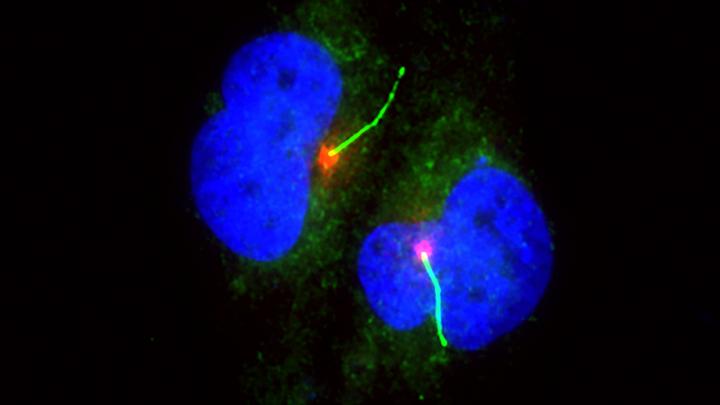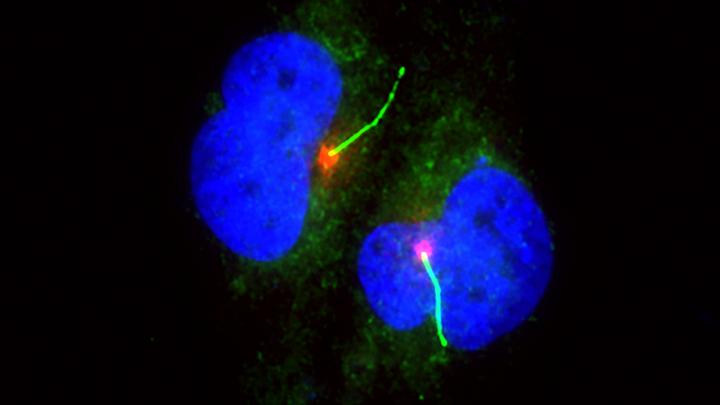
Credit: Daniel Zingg, Netherlands Cancer Institute
Melanomas are one of the most aggressive types of tumors in humans. Despite remarkable success with new forms of treatment such as immunotherapies, there are still many melanoma patients who cannot be cured or who later suffer a recurrence of the disease following successful treatment. An in-depth understanding of the tumor's biology is thus essential for developing novel therapeutic approaches. The main question is which changes in a benign cell cause it to progress into a malignant tumor.
Formation and spread of melanoma also regulated epigenetically
A team of researchers led by Lukas Sommer, professor at the Institute of Anatomy at the University of Zurich (UZH), has now been able to show that in addition to genetic causes such as mutations in the DNA, epigenetic factors also play a role in the formation and spread of melanoma. While epigenetic factors don't directly influence the gene sequence, they do regulate how efficiently certain genes are transcribed in the cells. The UZH researchers focused on the EZH2 protein, which – unlike in benign cells – is very common in melanoma cells and plays a central role in melanoma formation.
EZH2 suppresses ciliary genes and leads to metastasis
To find out how epigenetic factors contribute to the melanoma's aggressive behavior, the scientists examined all the genes that are regulated by EZH2. "We were very surprised to find many genes that are jointly responsible for the formation of cilia," says study leader Sommer. It seems that cilia genes are suppressed by EZH2, which means that malignant melanoma cells have much fewer of these fine sensory hairs than the skin's benign pigment cells. With the help of human melanoma cells and mouse models, the researchers succeeded in demonstrating that loss of cilia in pigment cells activates carcinogenic signaling pathways, ultimately resulting in the formation of aggressive, metastatic melanoma.
Approach for novel tumor therapies
There are many types of cancers composed of cells that have lost their cilia. "The epigenetic regulation of cilia formation that we've now discovered in melanoma is, therefore, likely also relevant for the formation of other types of cancers, such as breast or brain tumors," remarks Lukas Sommer. Drugs that block EZH2 probably offer a promising strategy when it comes to treating melanoma, possibly in combination with immunotherapies, according to Sommer.
###
Media Contact
Lukas Sommer
[email protected]
41-446-355-350
@uzh_news
http://www.uzh.ch
Original Source
http://www.media.uzh.ch/en/Press-Releases/2018/Melanoma.html http://dx.doi.org/10.1016/j.ccell.2018.06.001





